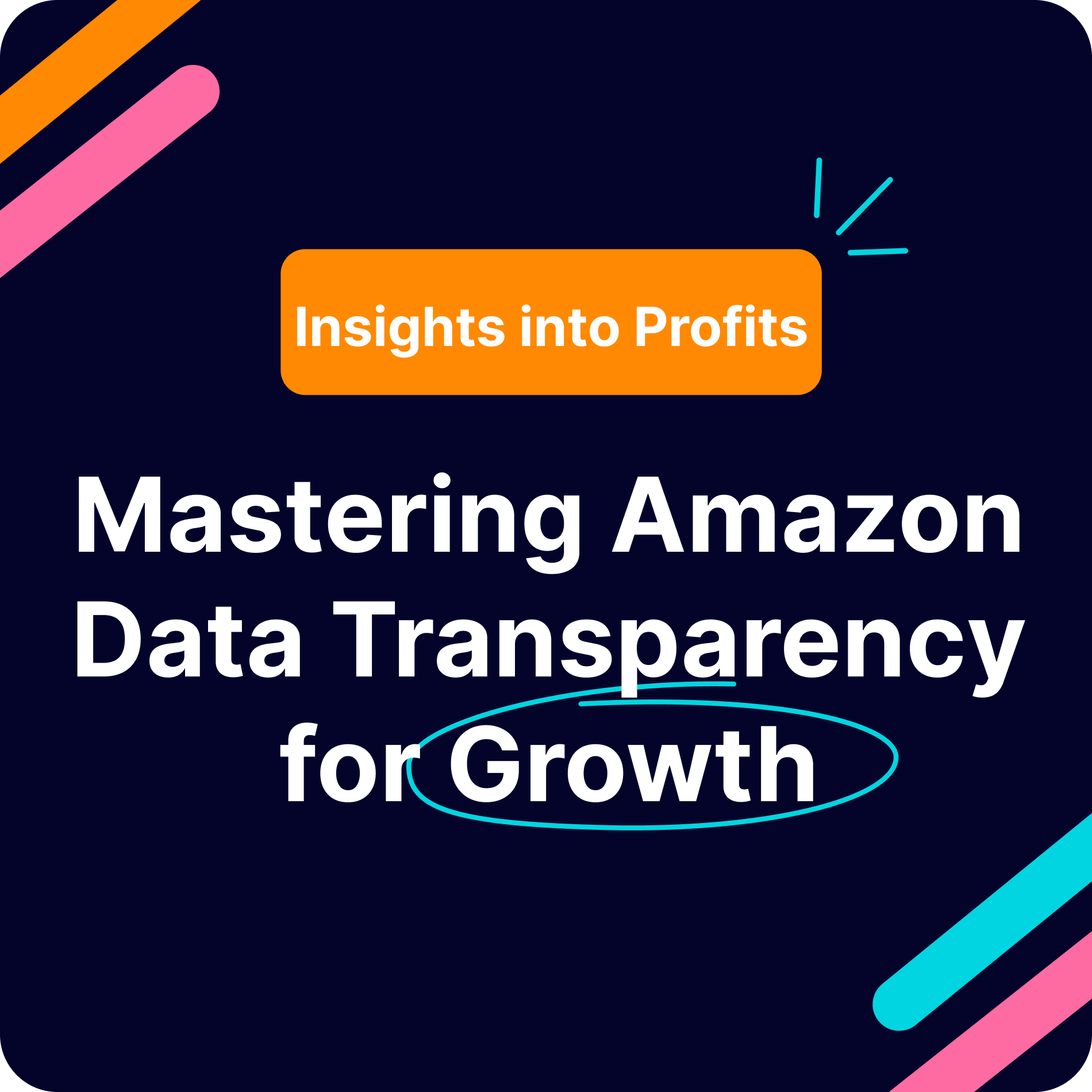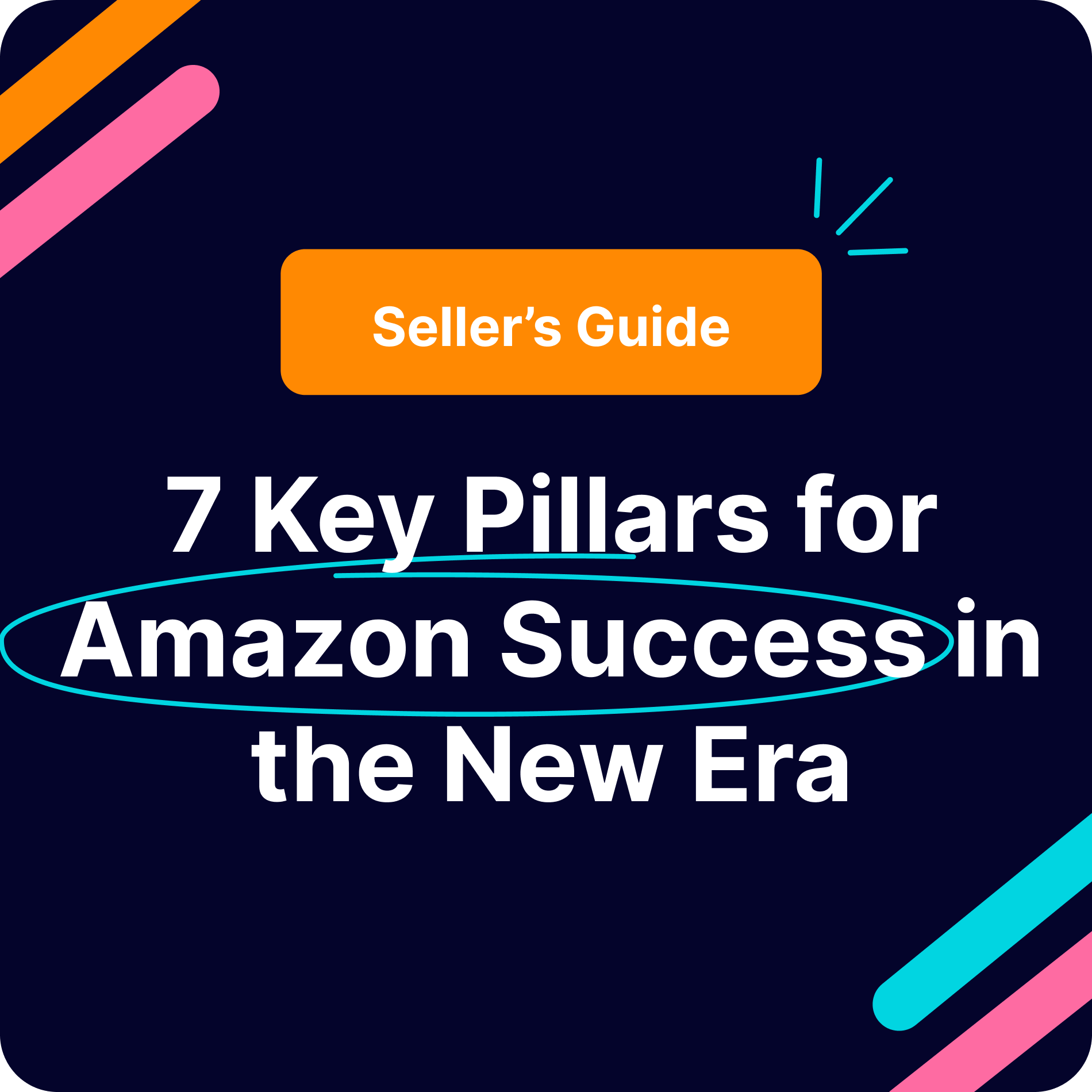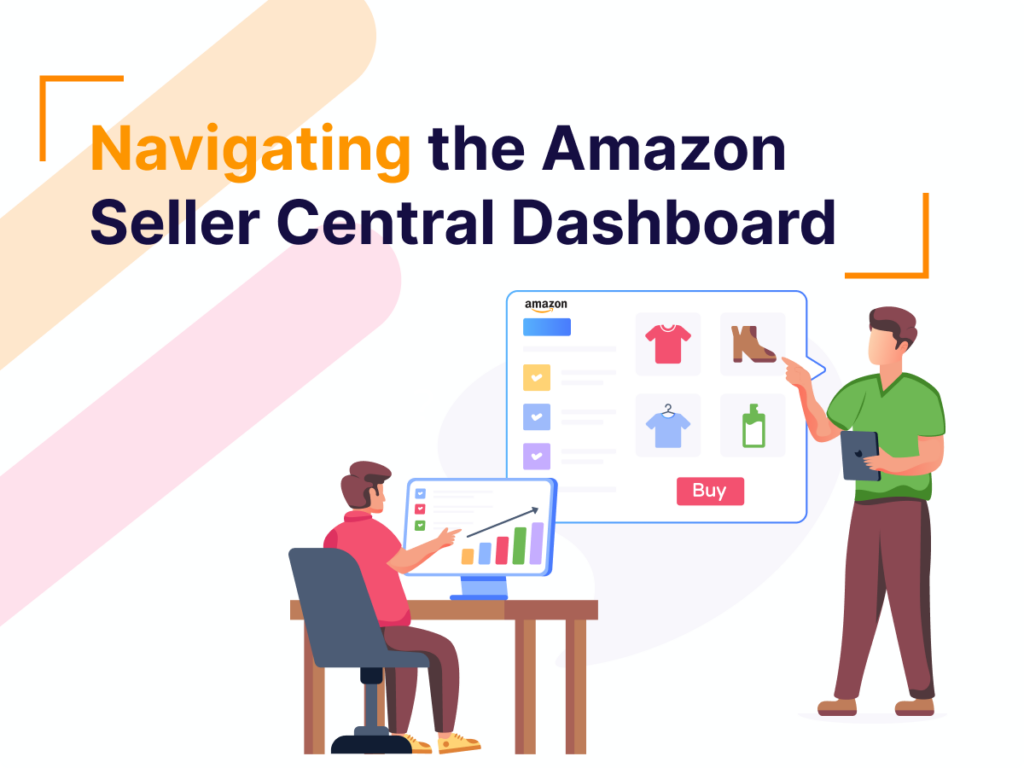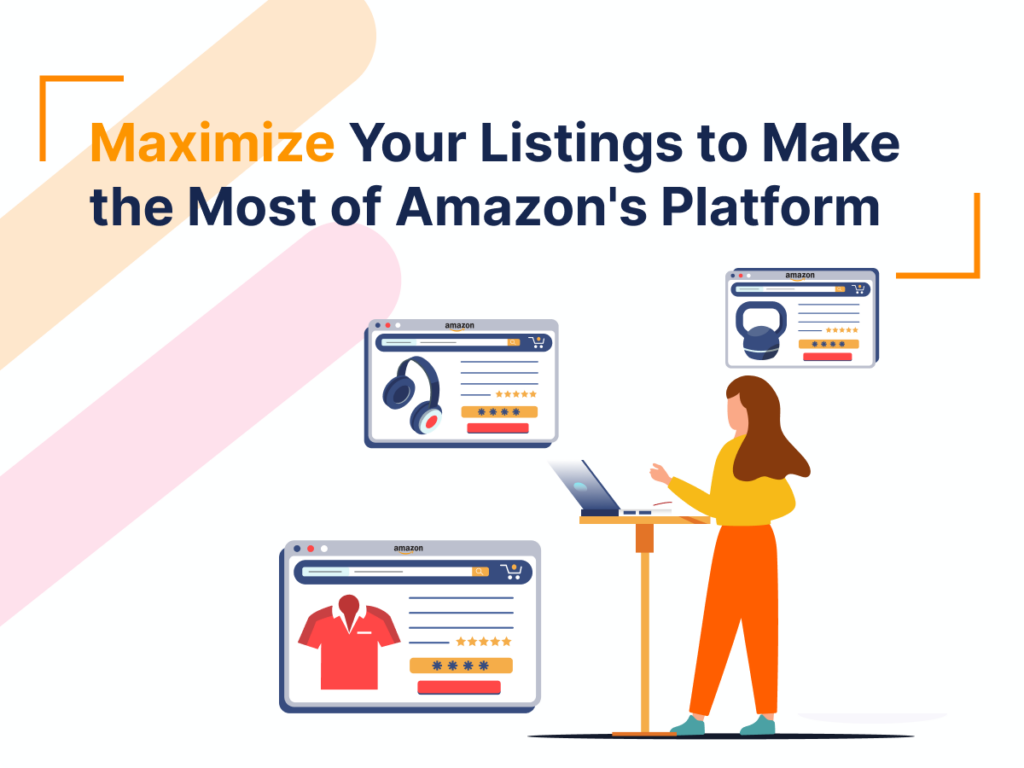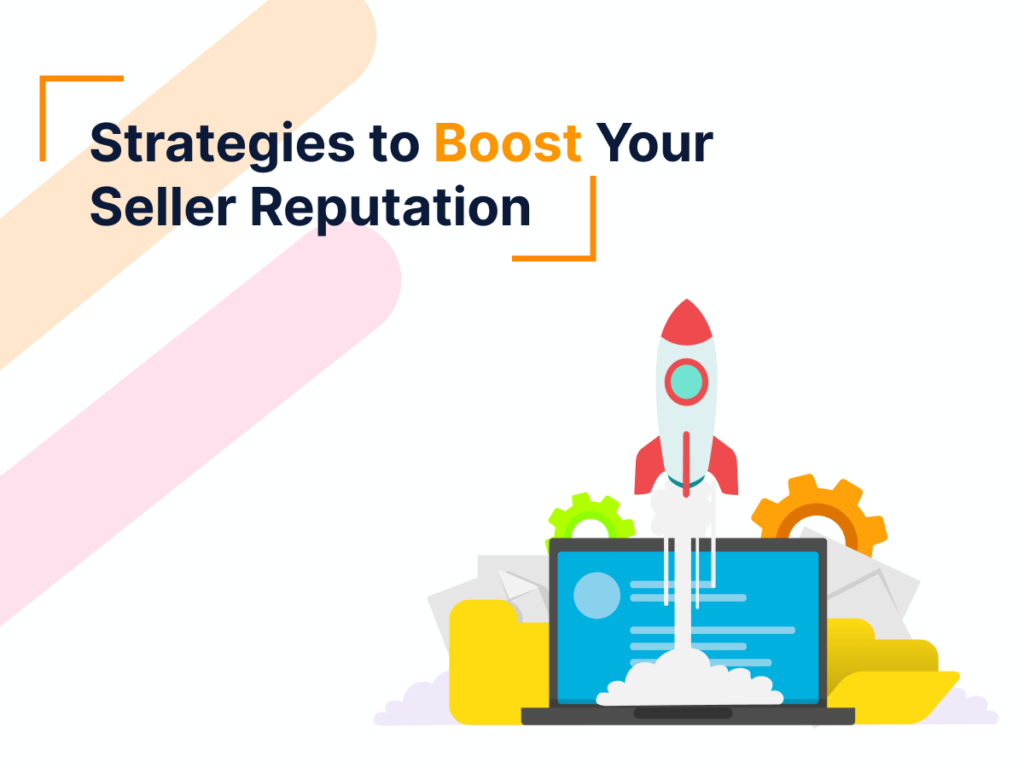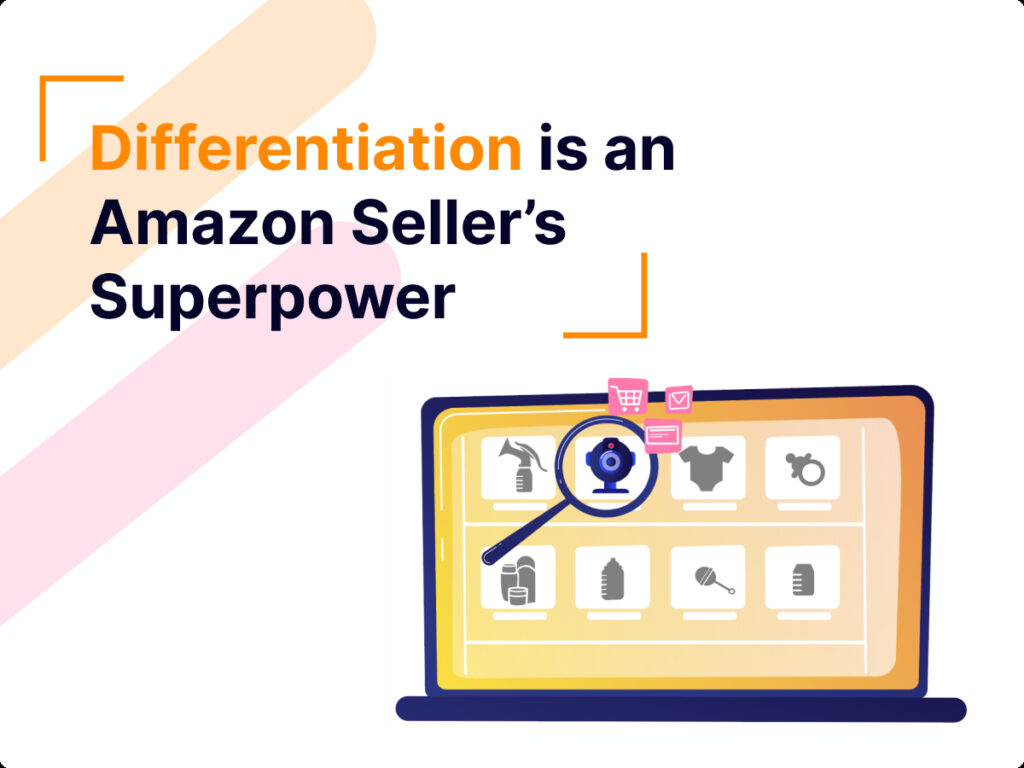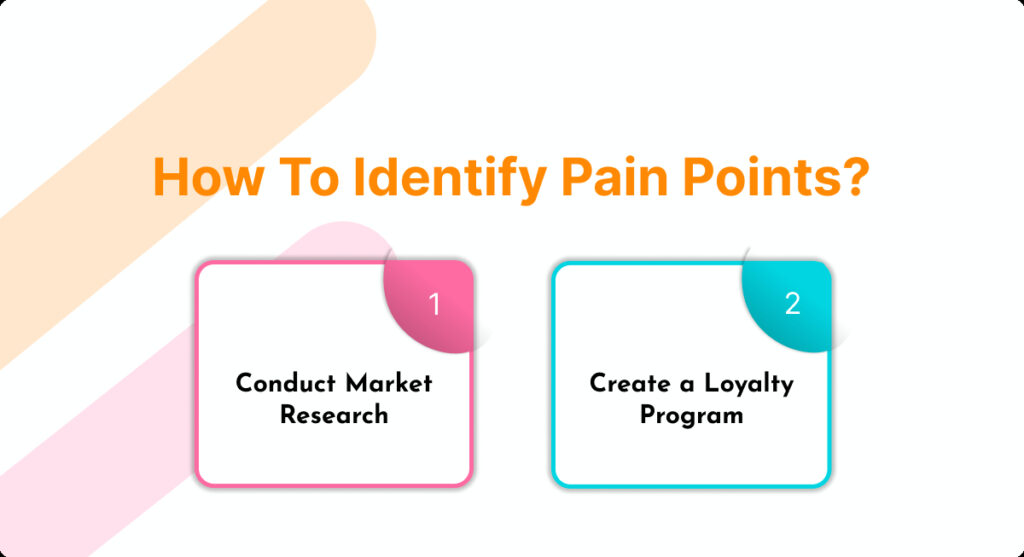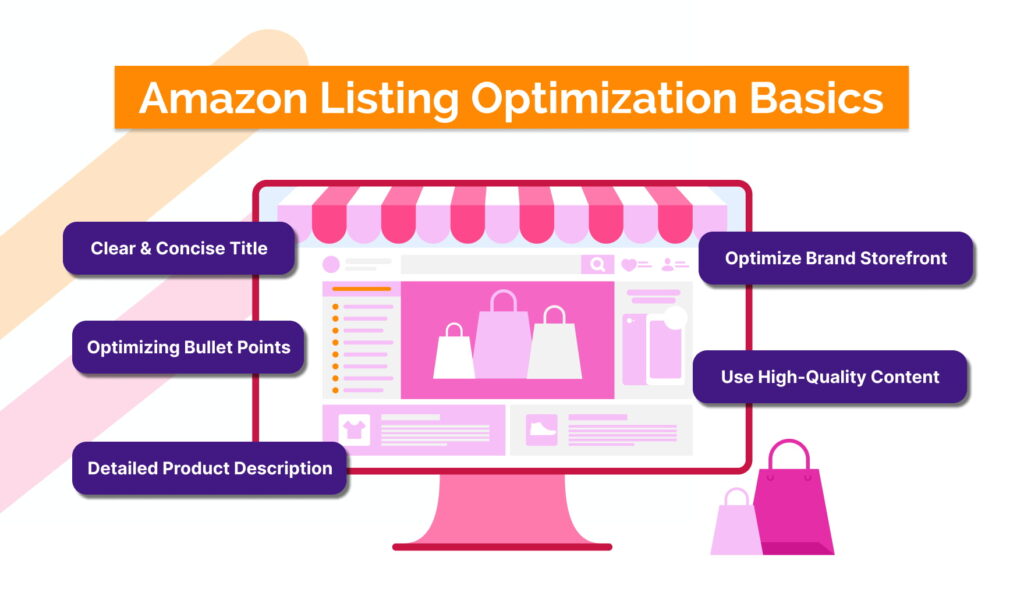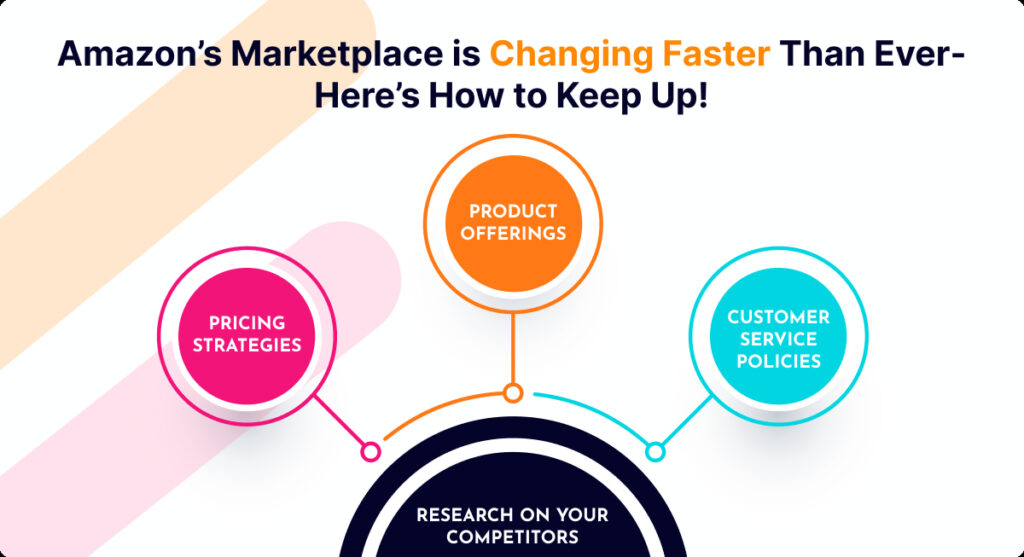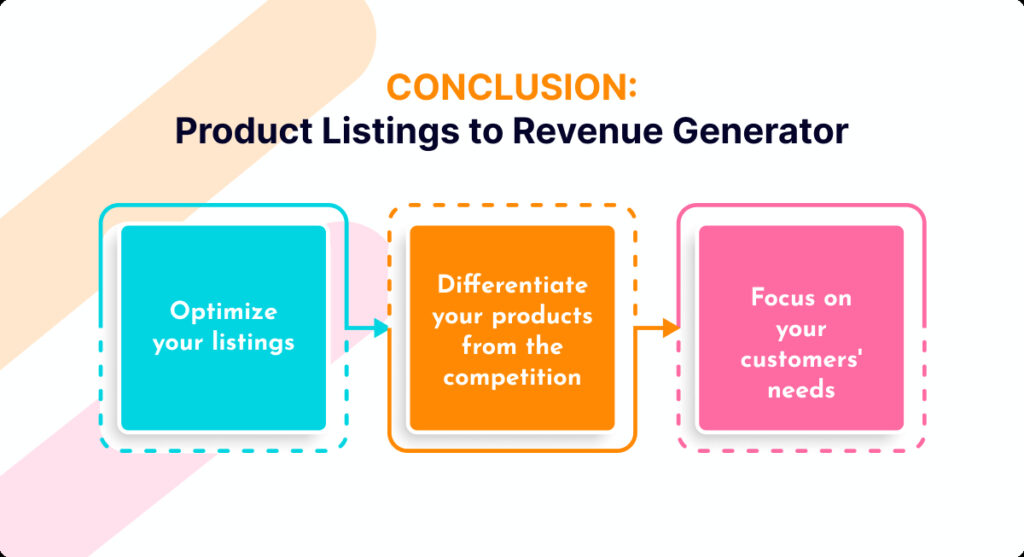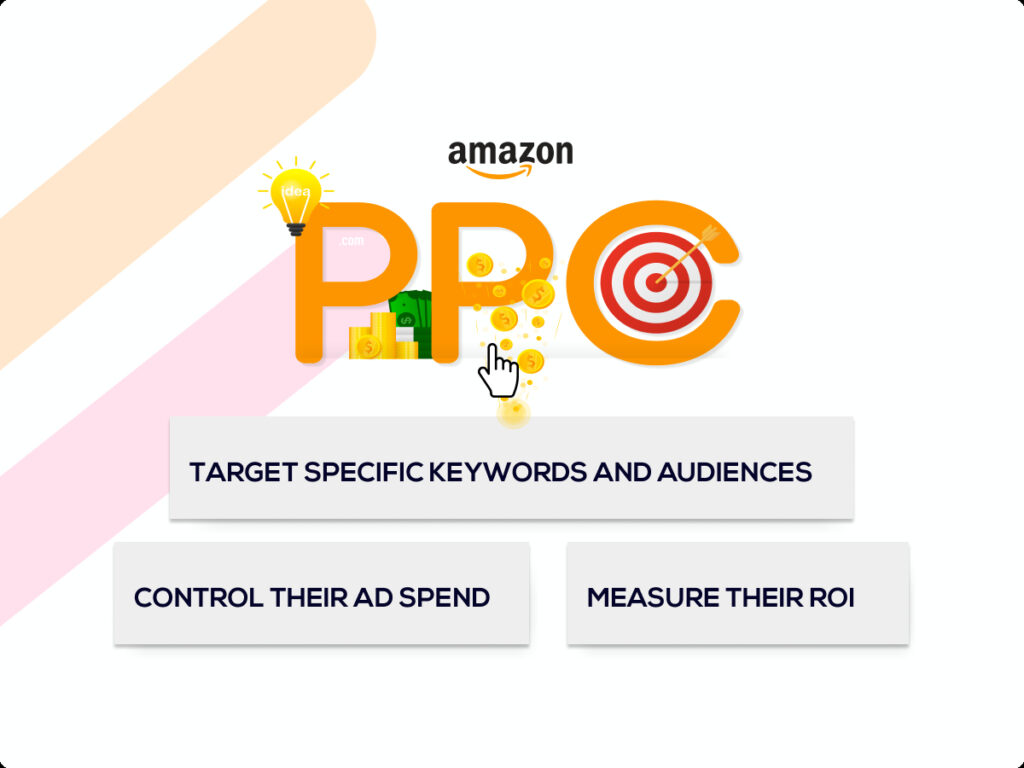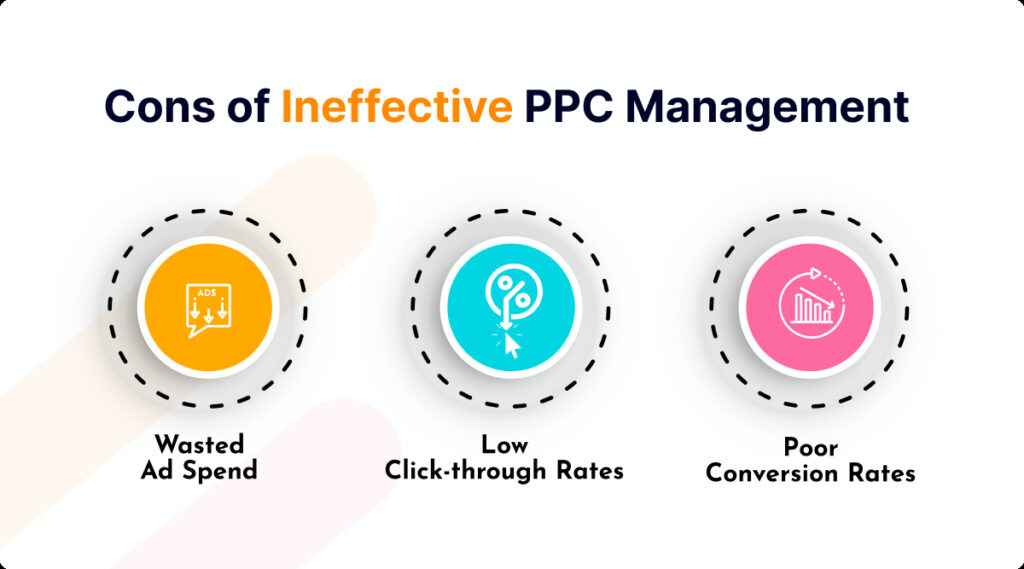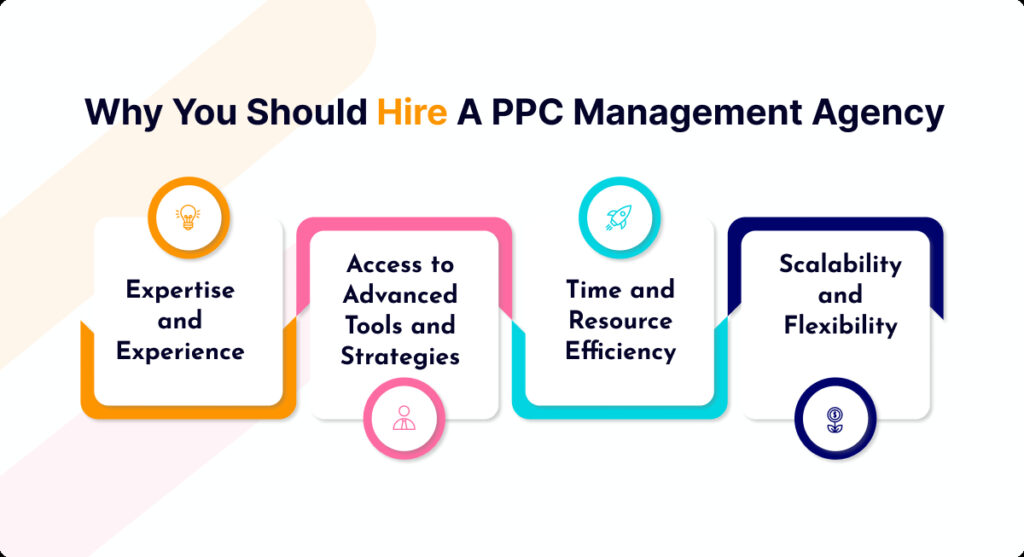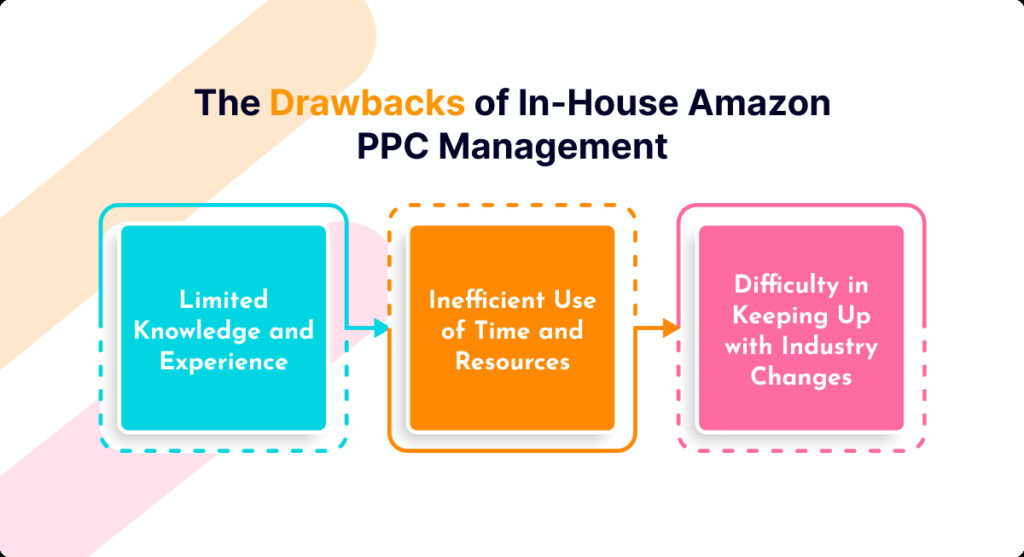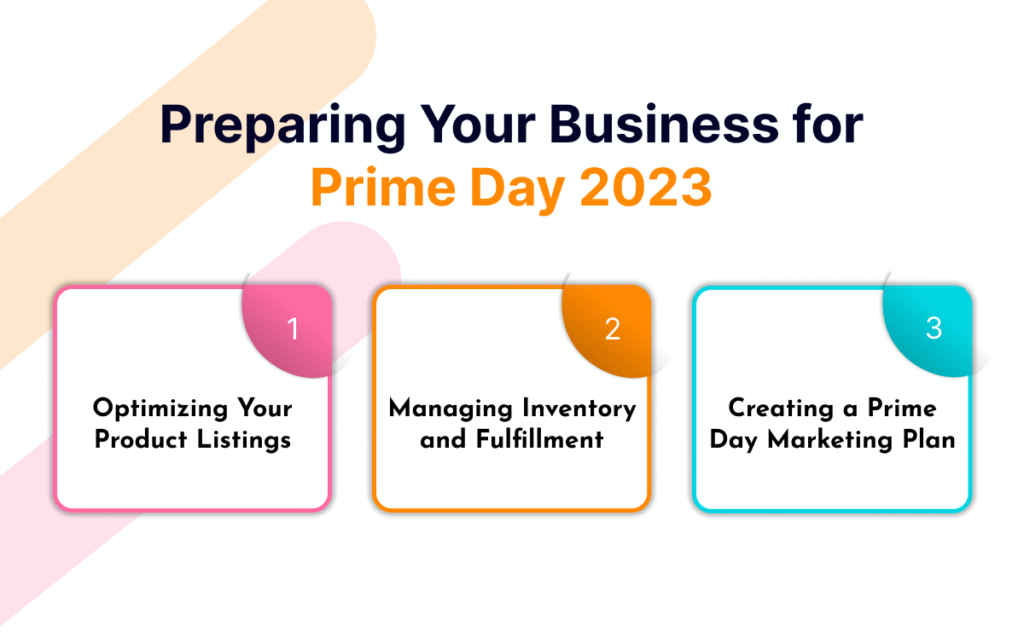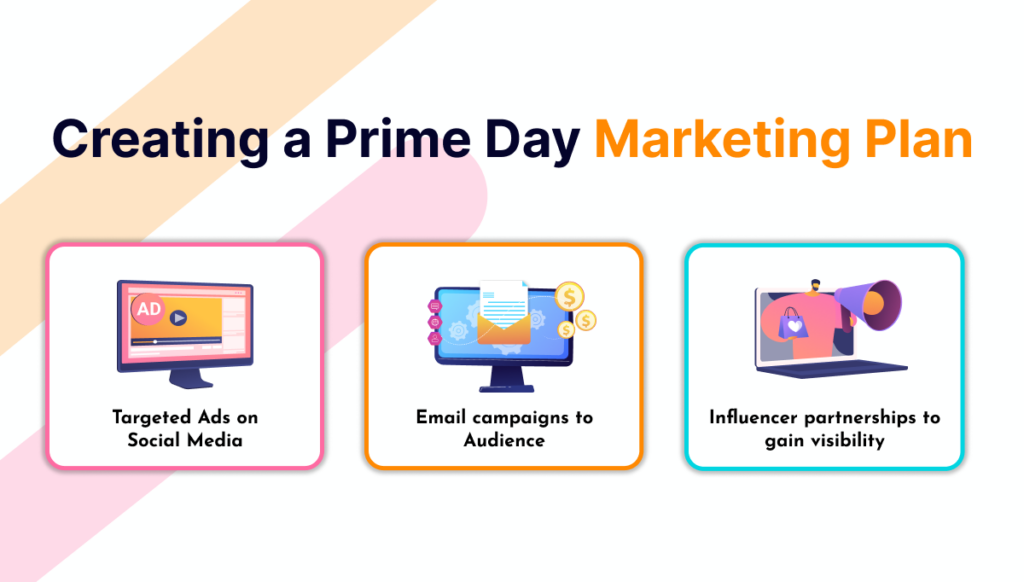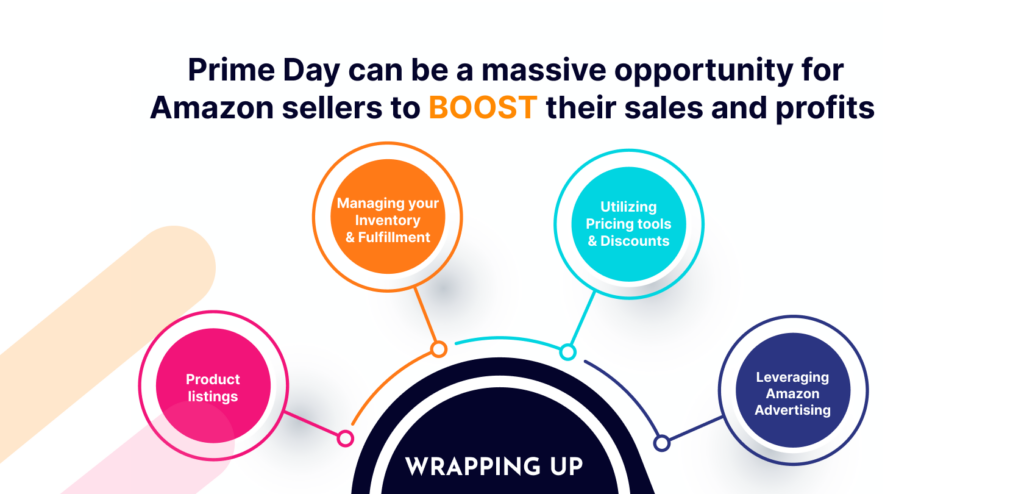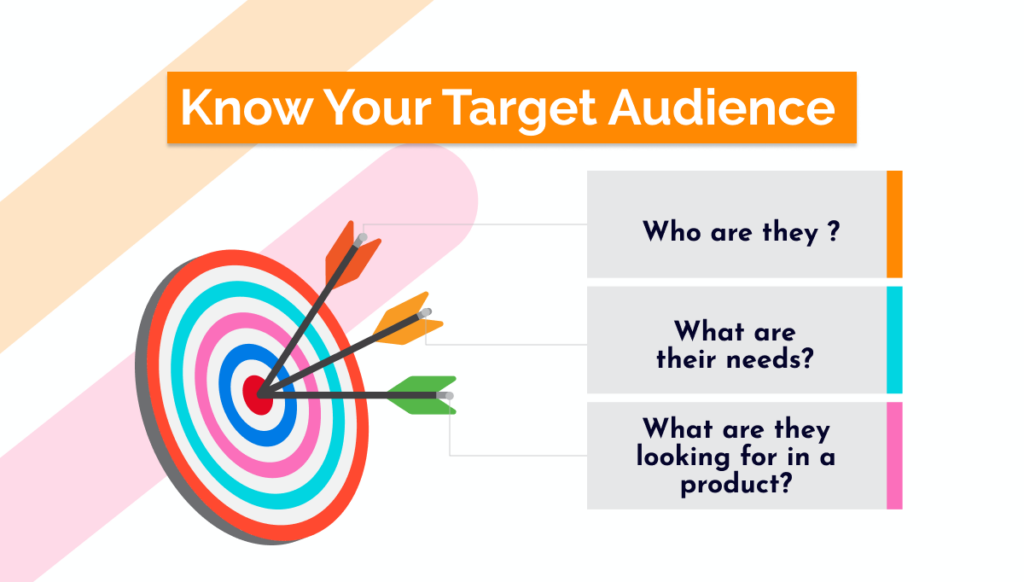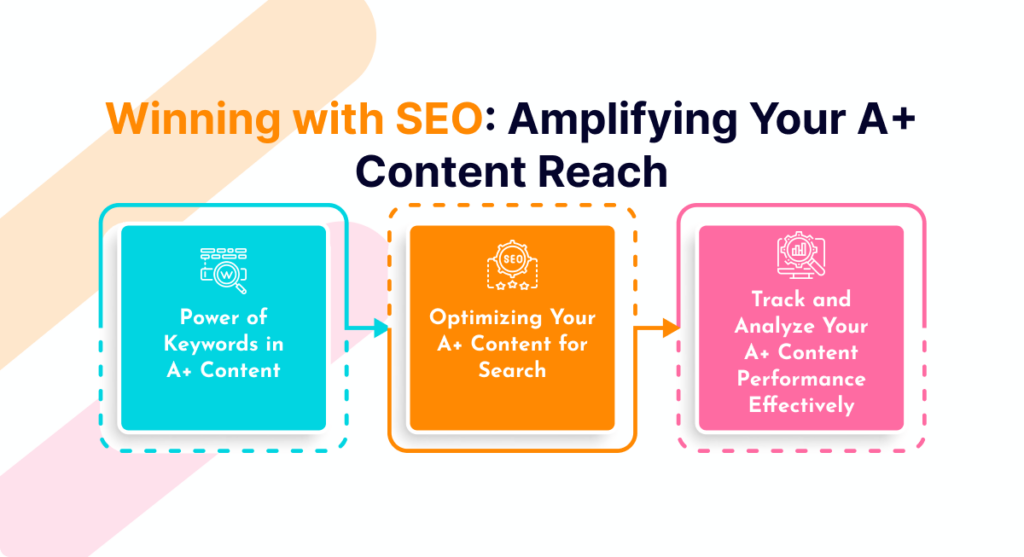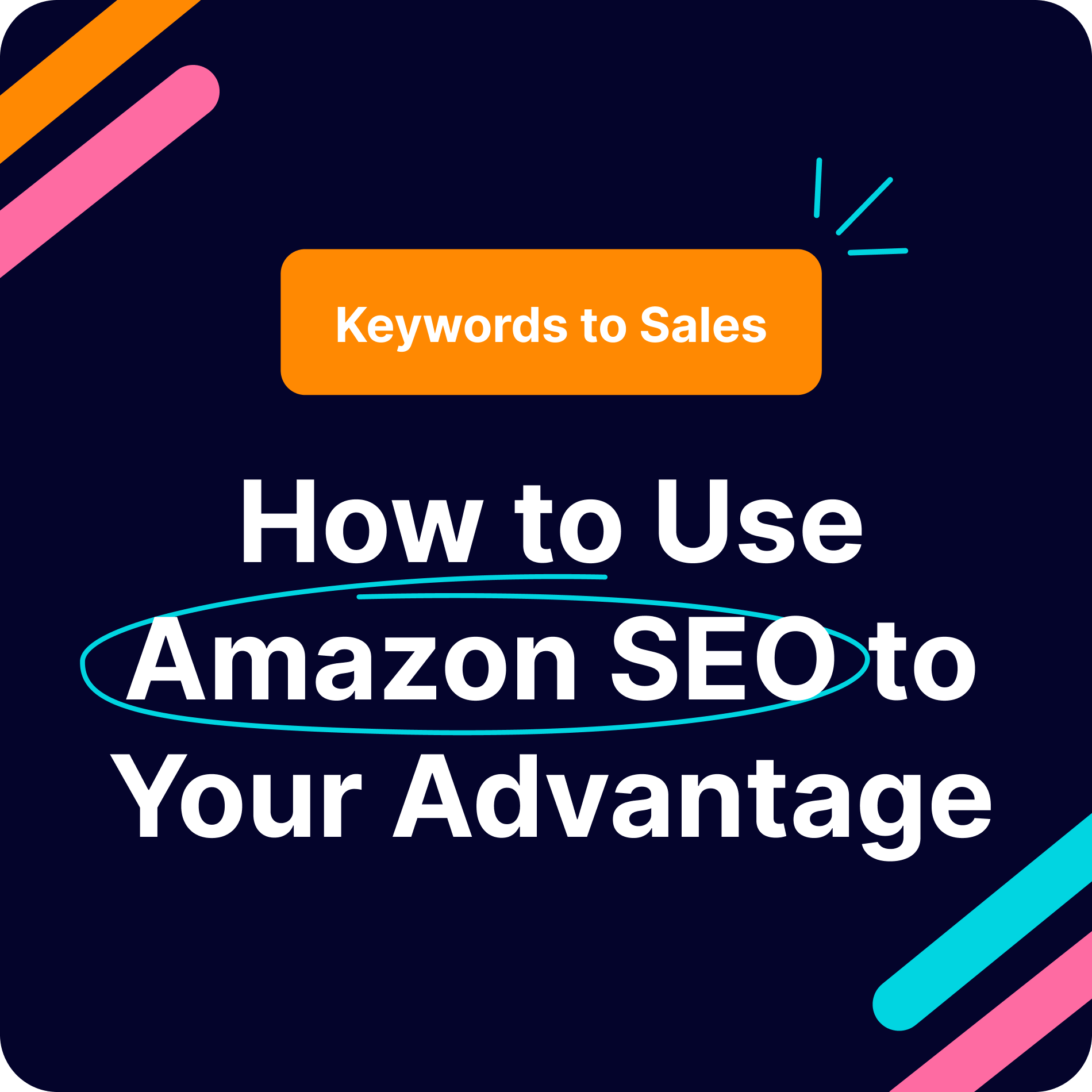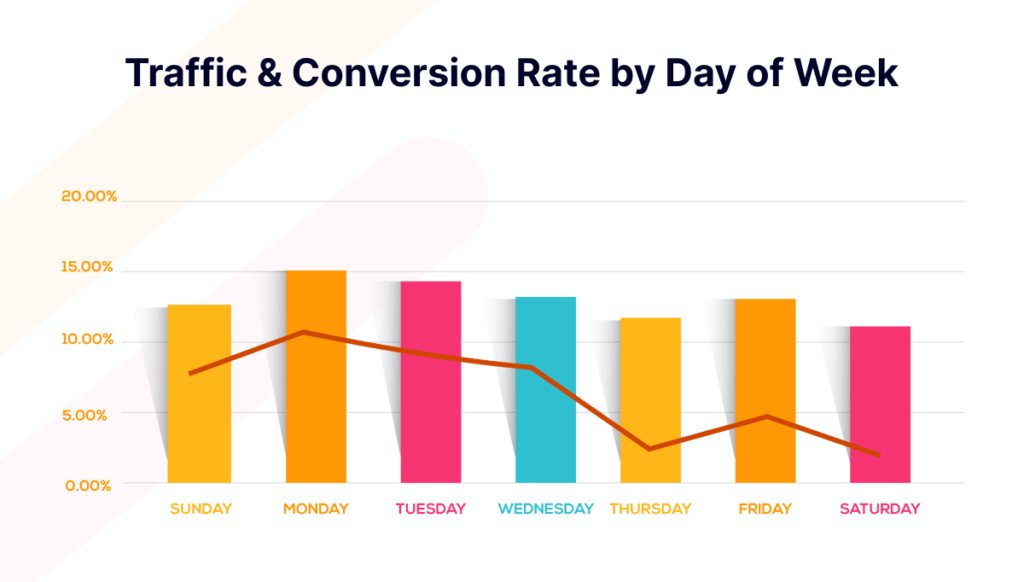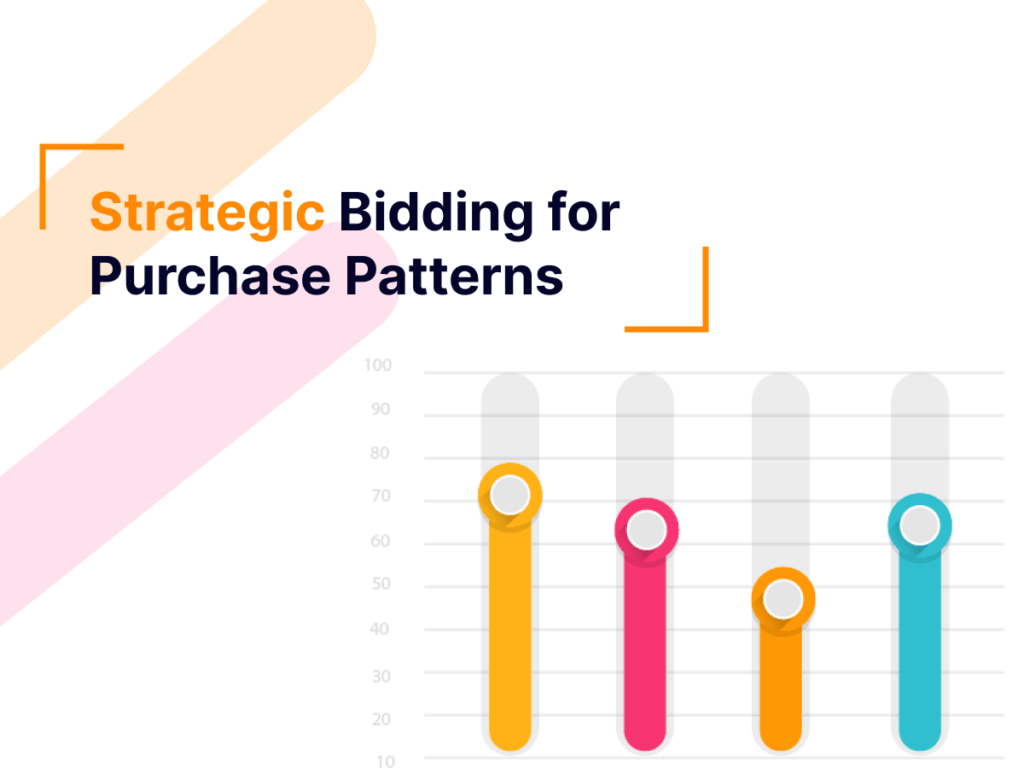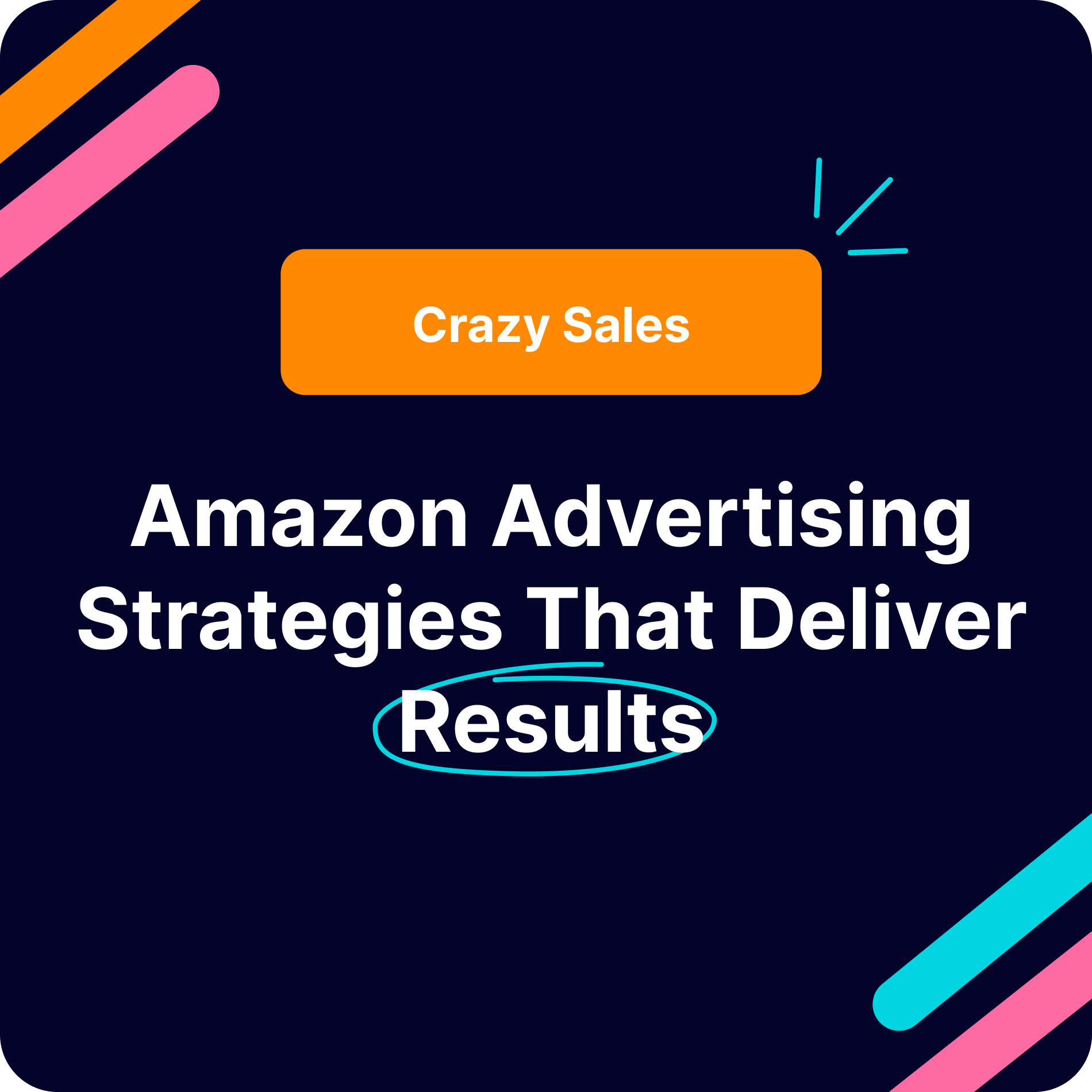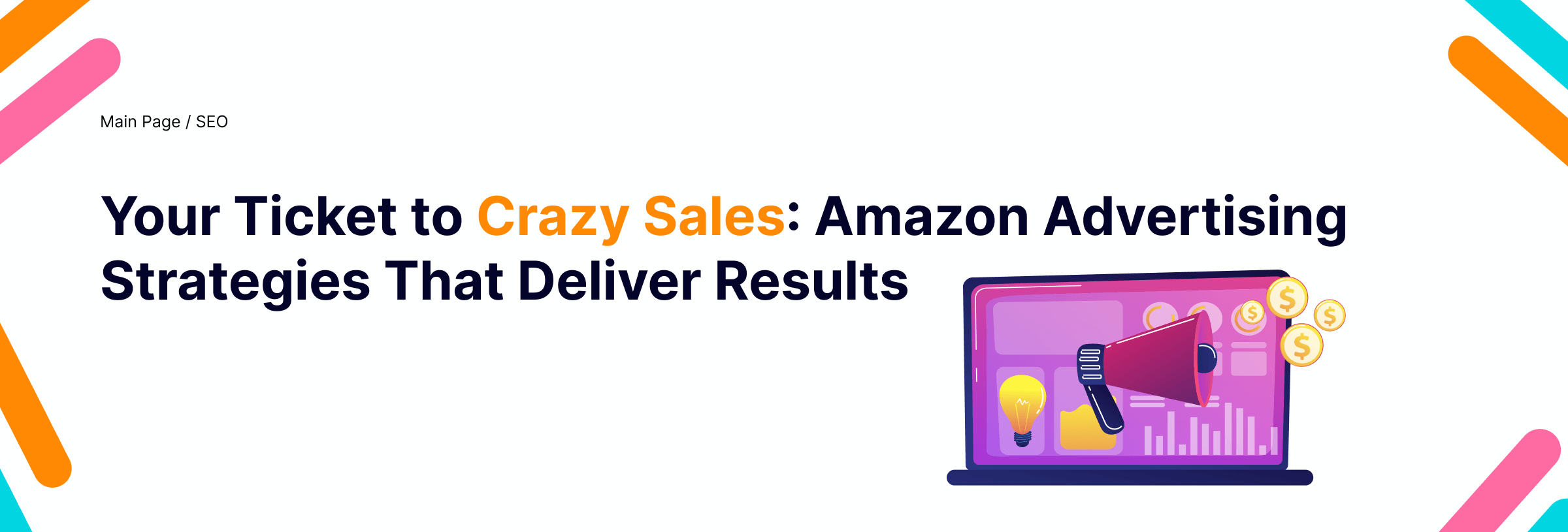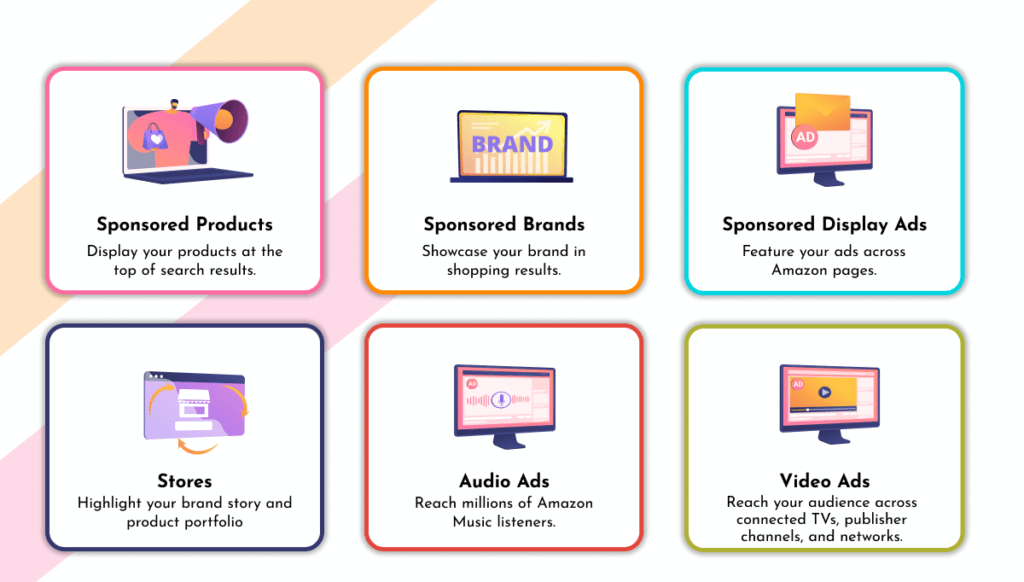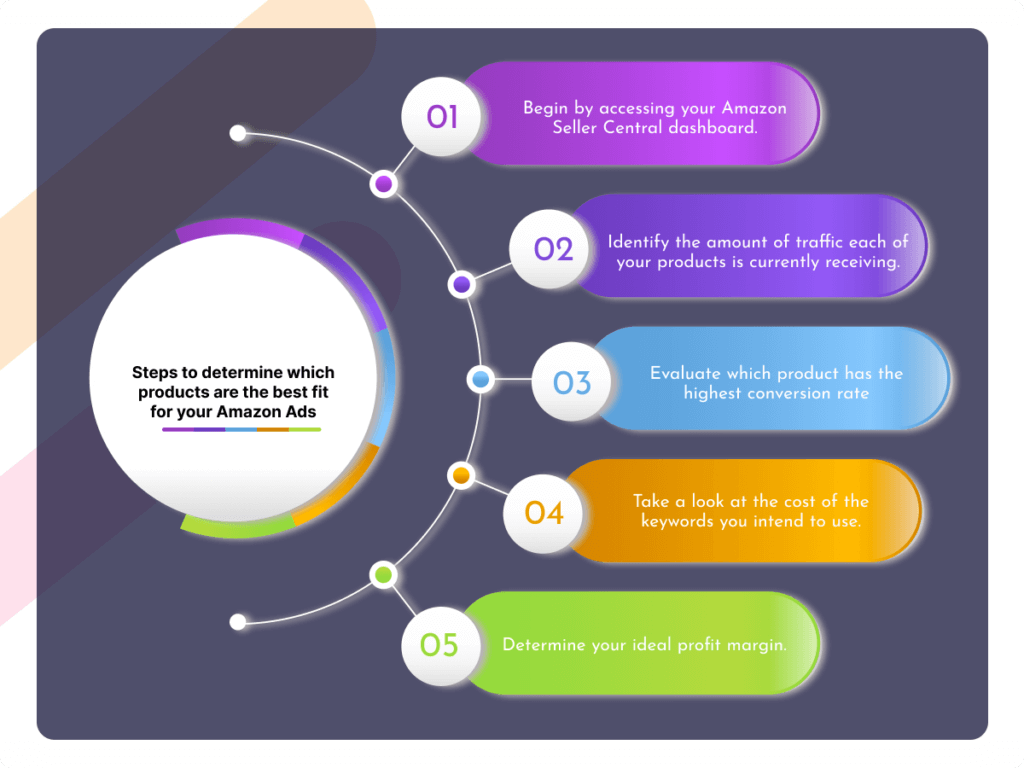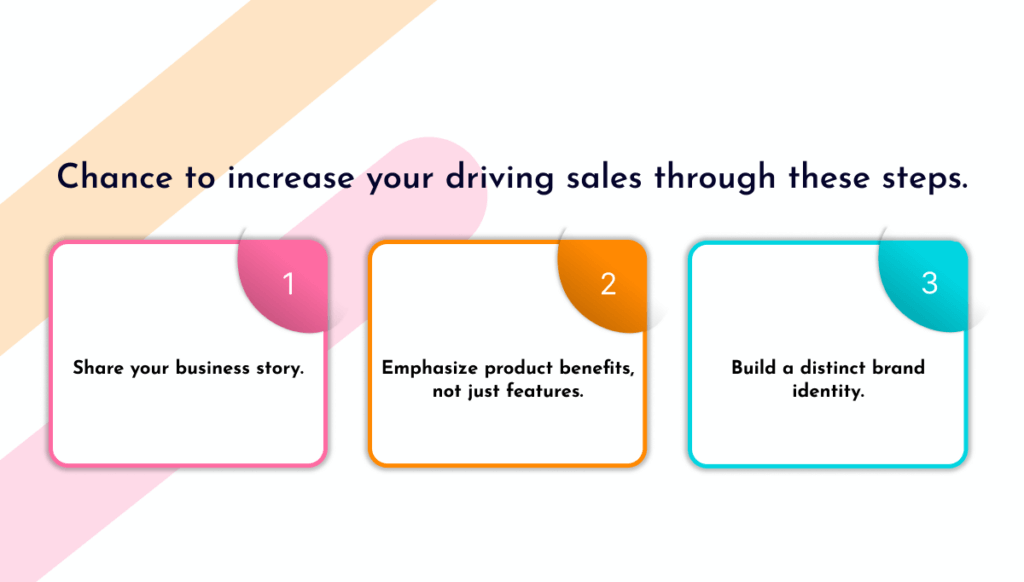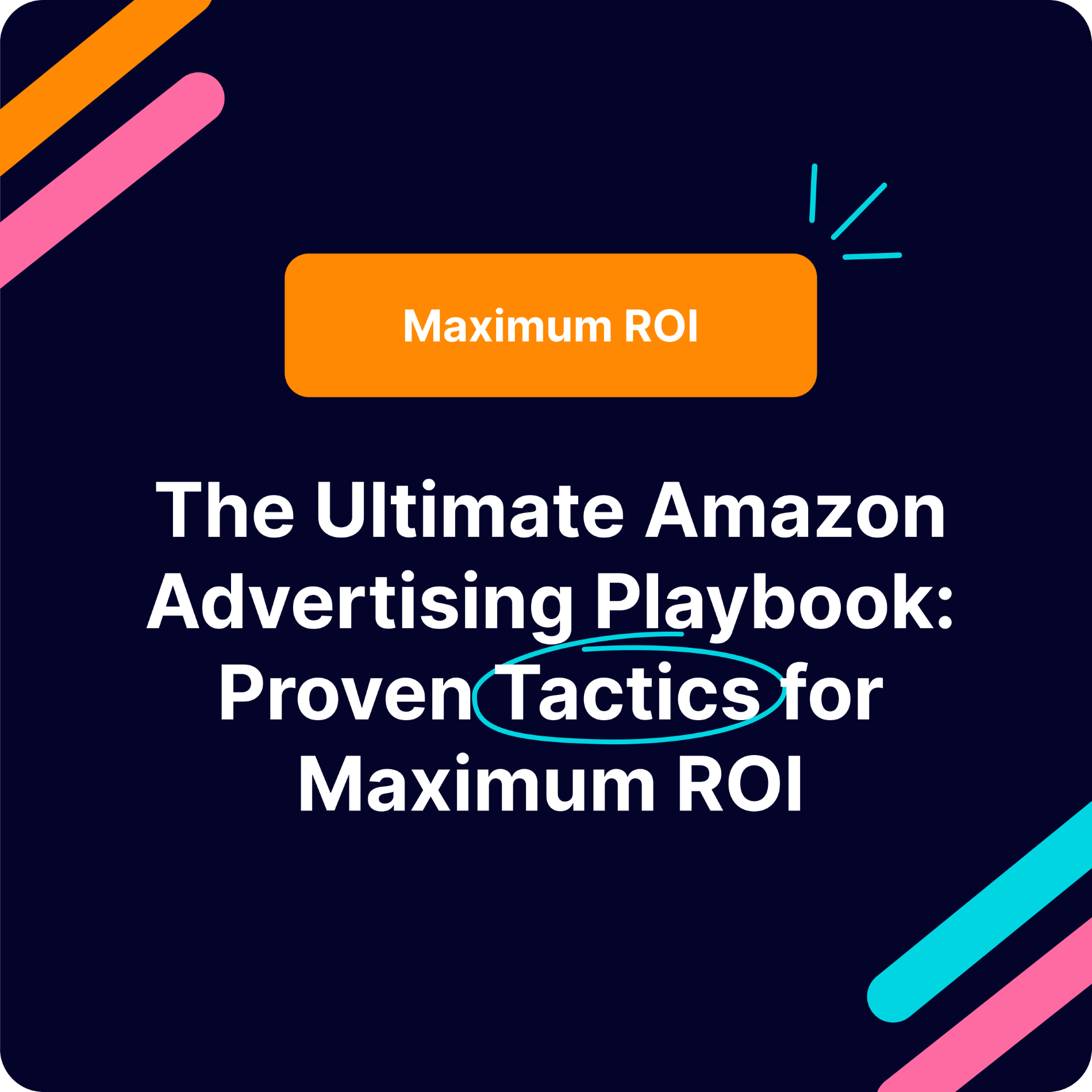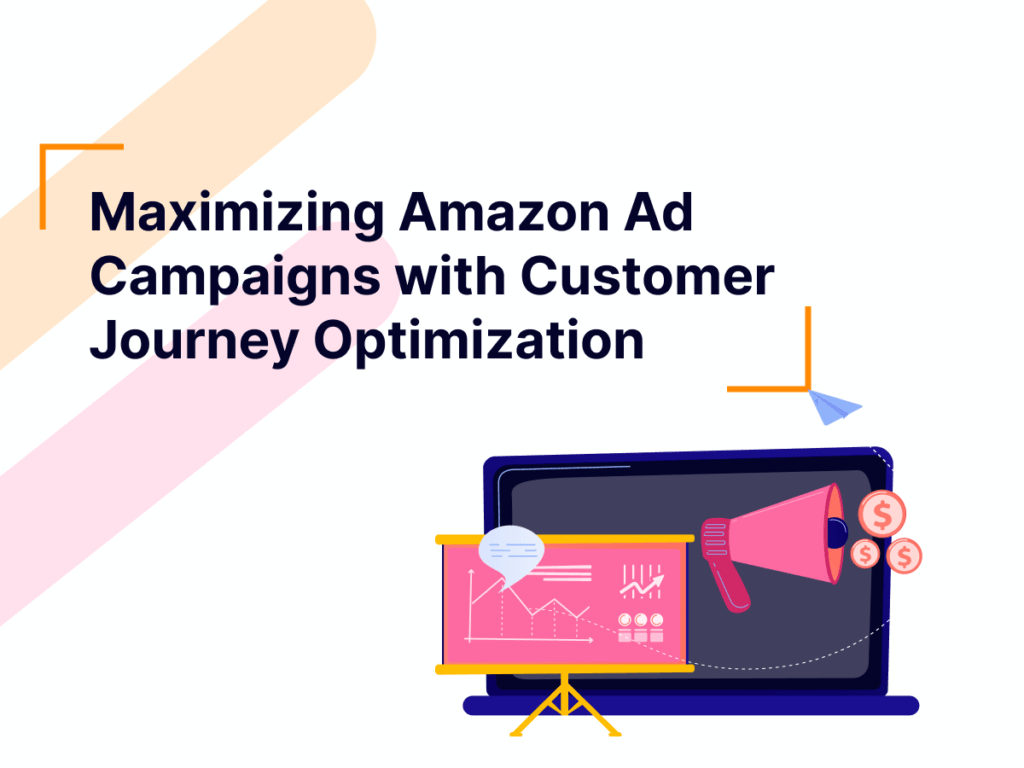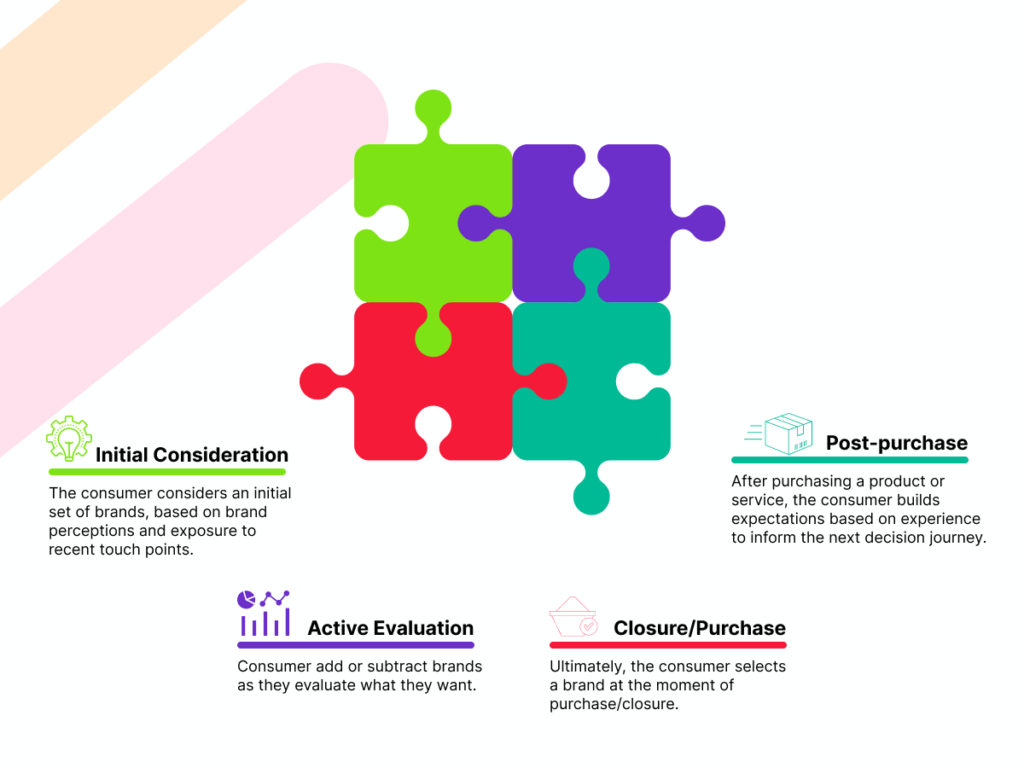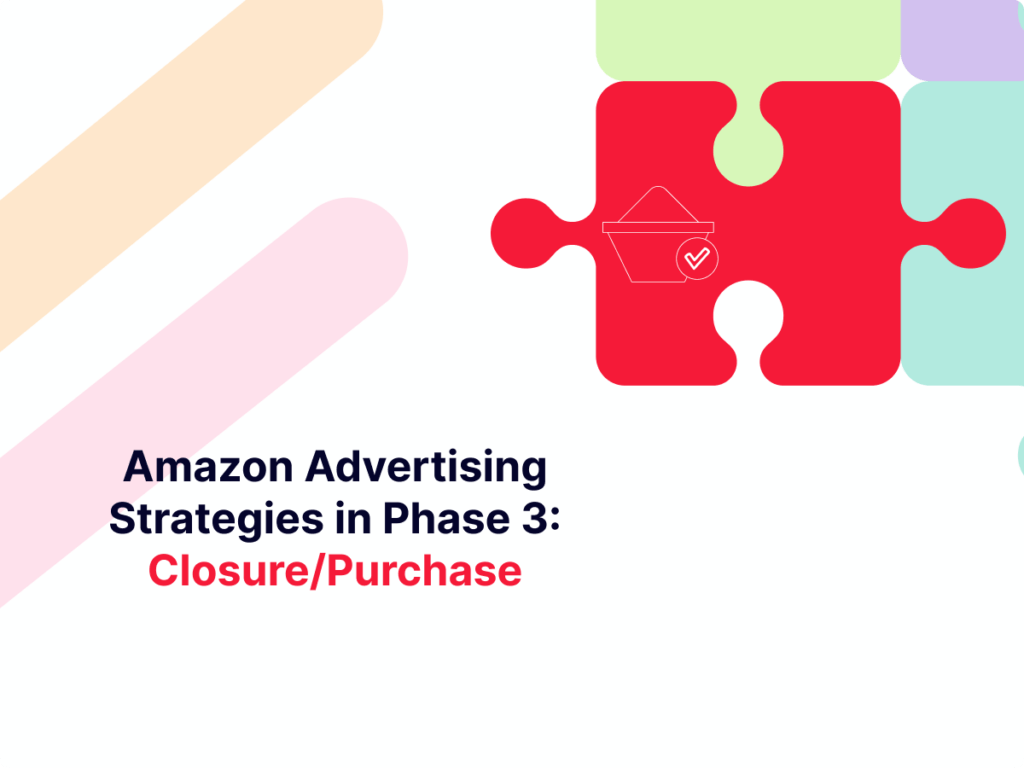
In the ever-expanding world of Amazon, brands are constantly searching for ways to stay ahead of the competition.
One strategy that has proven to be highly effective is leveraging Amazon Data Transparency.
By understanding and utilizing the vast amount of data that Amazon provides, businesses can not only enhance customer trust …
But also improve product authenticity, ultimately maximizing profits.
In this blog, We will delve into the concepts of:
- Amazon data transparency.
- Explore its importance in Amazon.
- Discuss strategies to leverage it effectively.
- Examine case studies of successful implementation.
- Provide practical steps to increase profits using transparency.
Let’s dive in!
Understanding Amazon Data Transparency
Before we dive into the nitty-gritty of leveraging Amazon data transparency..
It’s important to understand what it actually includes.
In simple terms, Amazon data transparency refers to the accessibility of information that Amazon provides to both sellers and customers.
This information includes product details, customer reviews, sales data, and much more. By leveraging this wealth of data, businesses can make informed decisions that have a direct impact on their bottom line.
What is Amazon Data Transparency?
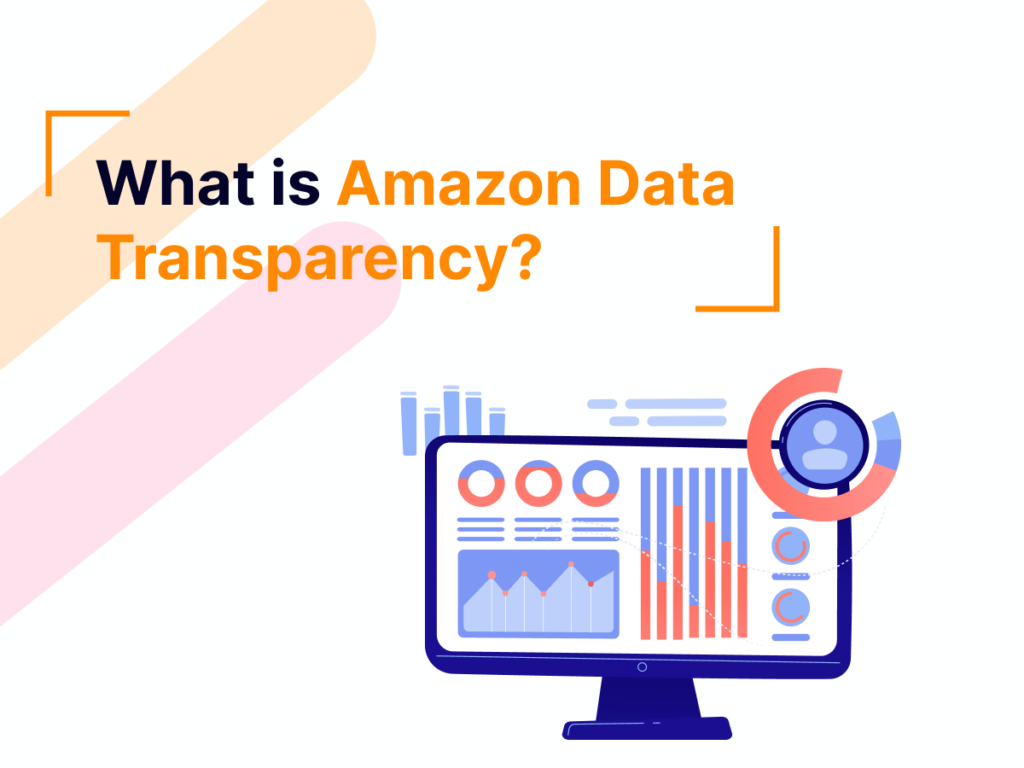
Amazon data transparency encompasses the various tools and features that Amazon provides to sellers and customers to access and analyze relevant data.

These tools include:
- Seller Central
- Vendor Central
- Advertising Console
- Reports such as Business Reports and Campaign Reports.

Sellers can access data related to their:
- Product sales
- Customer feedback
- Reviews
- Competitor analysis.
Customers, on the other hand, can access:
- Detailed product information
- Customer reviews and ratings
- Helping them make informed purchasing decisions.
Why is Amazon Data Transparency Important?
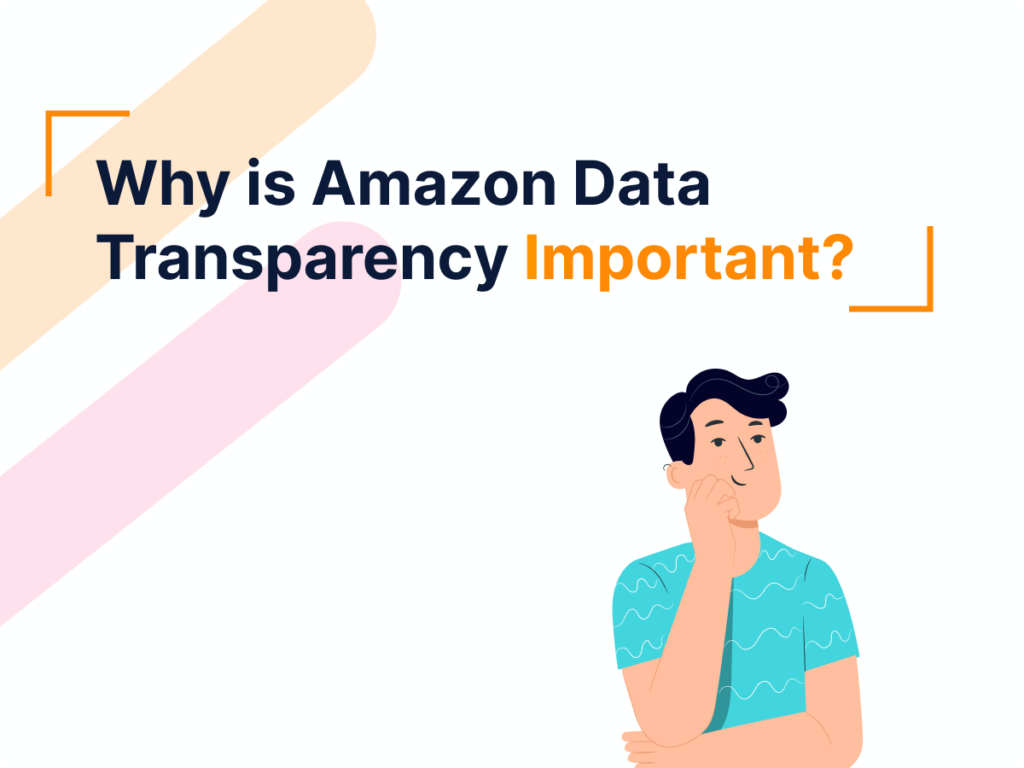
Amazon data transparency is crucial for several reasons.
- Firstly, it allows businesses to gain valuable insights into their customers’ preferences, helping them to tailor their products and marketing strategies accordingly.
- Secondly, it helps to build trust among customers by providing them with reliable and transparent information about products.
Customers are more likely to purchase from sellers who are transparent and honest about their products.
- Finally, data transparency plays a significant role in ensuring product authenticity.
With the rise of counterfeit products on online marketplaces, transparency allows customers to make informed choices and avoid purchasing fake or low-quality items.
The Role of Amazon Data Transparency in Amazon

Amazon data transparency plays a crucial role in shaping the landscape of Amazon.
It goes beyond simply providing data and insights; it actively contributes to the success and growth of businesses in several ways.
Enhancing Customer Trust Through Transparency
Transparency breeds trust.
By making product information readily available, businesses can instill confidence in their customers.
When customers have access to detailed product descriptions, customer reviews, and ratings, they feel more comfortable making a purchase.
Moreover, when businesses are transparent about their practices, policies, and even pricing..
It creates a sense of trust and reliability, leading to increased customer loyalty and repeat purchases.
Improving Product Authenticity with Transparency
One of the major challenges in the e-commerce industry is the abundance of counterfeit products.
However, by leveraging Amazon data transparency, businesses can combat this issue.
Customers can access information about a product’s authenticity, including details such as:
- The manufacturer
- Country of origin
- Seller rating.
This transparency helps customers make educated choices, contributing to the overall improvement of product authenticity in the marketplace.
Strategies to Leverage Amazon Data Transparency
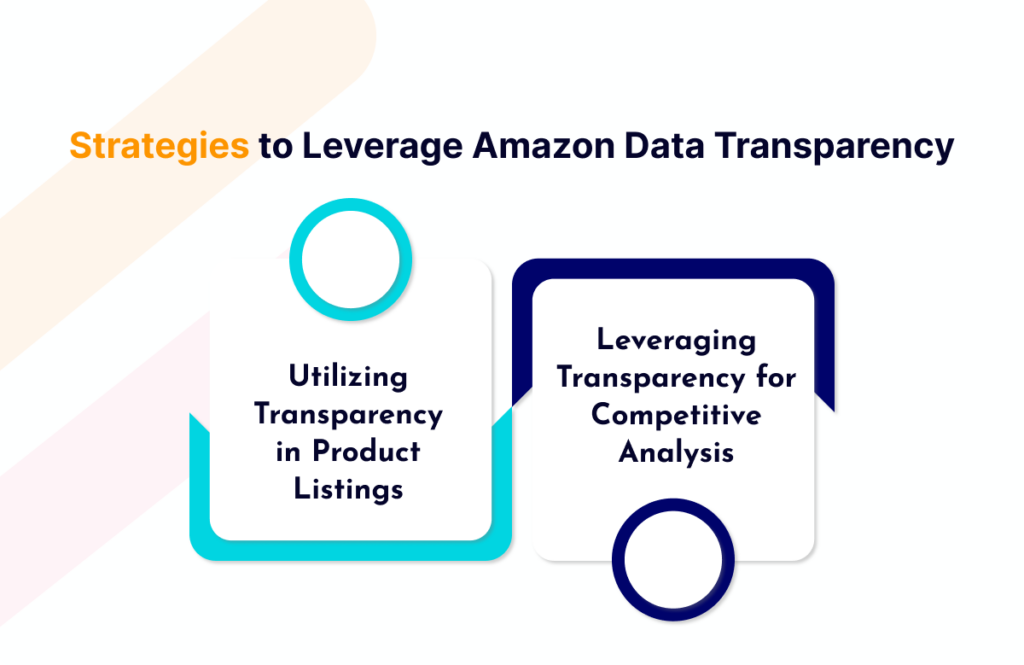
Now that we understand the significance of Amazon data transparency, let’s explore some strategies to leverage it effectively.
Utilizing Transparency in Product Listings
When creating product listings, it’s essential to optimize transparency.
Be thorough and accurate in providing product descriptions, specifications, and images.
Including honest customer reviews and ratings can also enhance transparency.
Customers appreciate sellers who are upfront about any limitations or potential drawbacks of a product.
By being transparent, businesses can earn trust and credibility, leading to increased sales and positive customer experiences.
Leveraging Transparency for Competitive Analysis
Amazon provides valuable data that can be used to analyze your competitors.
By studying their product listings, pricing strategies, and customer reviews, you can gain valuable insights into their strengths and weaknesses.
This analysis allows you to identify opportunities to differentiate yourself and offer unique selling points that set your products apart.
Utilize tools like Amazon’s Sponsored Products reports to track your competitor’s advertising strategies and identify potential gaps in the market that you can exploit.
Case Studies of Successful Use of Amazon Data Transparency

To understand the real impact of Amazon data transparency, let’s examine a few case studies of businesses that have successfully leveraged it.
-
Case Study 1: Increasing Sales Through Transparency
An electronics company noticed a decline in sales for one of its flagship products.
By analyzing customer reviews and feedback on Amazon, they identified recurring complaints about a specific feature. The company addressed this issue transparently by acknowledging the concern and providing a detailed plan to rectify it.
This transparent approach not only reassured existing customers but also attracted new customers who appreciated the company’s commitment to improvement.
As a result, the product’s sales skyrocketed, and the company gained a loyal customer base.
-
Case Study 2: Building Brand Reputation with Transparency
A cosmetics brand faced negative publicity due to rumors about harmful ingredients in its products.
To combat this, the brand proactively used Amazon data transparency to provide comprehensive information about its product ingredients, certifications, and safety guidelines.
This transparent approach not only dispelled any doubts but also positioned the brand as a trustworthy and responsible player in the industry.
This, in turn, led to increased sales and a significant boost in brand reputation.
Maximizing Profits with Amazon Data Transparency
Ultimately, the goal of leveraging Amazon data transparency is to maximize profits. Here are
some practical steps to achieve this.
Understanding the Correlation between Transparency and Profits
Recognize that transparency is a powerful tool for driving profitability.
By being transparent about your products, pricing, and practices, you build trust and credibility, which translates into increased sales and customer loyalty.
Embrace transparency as an essential factor in your overall business strategy.
Practical Steps to Increase Profits Using Transparency

- Regularly analyze customer reviews and feedback to identify areas for improvement. Address customer concerns transparently and provide solutions.
- Utilize the data provided by Amazon to understand market trends and customer preferences. This data can guide product development and marketing strategies to maximize sales.
- Invest in advertising on Amazon and leverage tools like Sponsored Products to increase visibility and drive sales through transparency.
- Continuously monitor and analyze your competitors’ strategies. Identify gaps or weaknesses that you can capitalize on.
- Use customer feedback and reviews to continuously improve your products and overall customer experience. Prioritize transparency in your communication with customers.
By following these steps and leveraging Amazon data transparency effectively, businesses can not only maximize profits but also build a strong brand reputation and foster long-term customer loyalty. Embrace the power of transparency and watch your Amazon success reach new heights!
